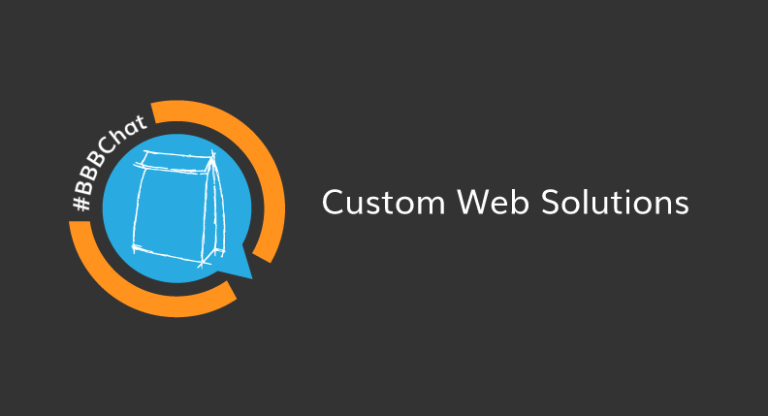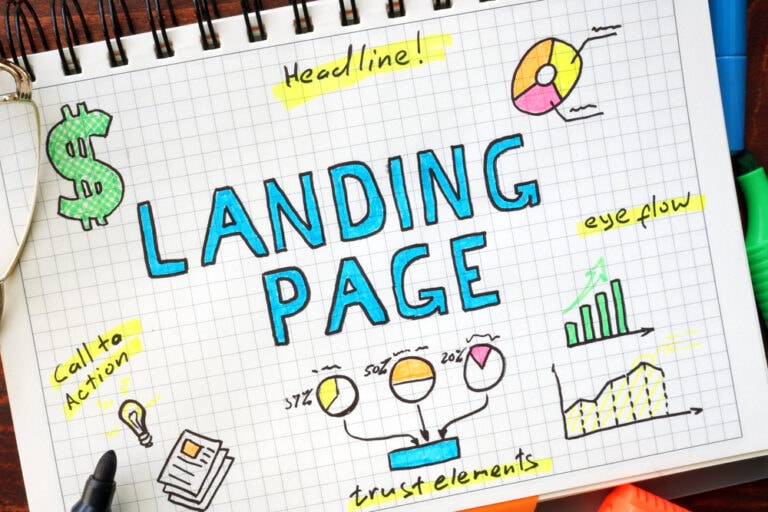On Bounce Rate and Pageviews

Start with the mechanics
How is your site speed? Is your site loading between 1 to 3 seconds, 4 seconds tops? Speed matters and you can check it by going to Web Page Test. Check and have a look at the fully loaded times there. Lower is better. And from the waterfall chart provided you can see what’s taking a long time to load and address those issues.
Are there a lot of site errors? Meaning, do you have a lot of 404s, or 5xx server error issues? Don’t know? Check out Google Webmaster Tools. GWT will help you determine if there are any errors or site issues worth investigating. A client had been receiving numerous 504 errors on their site. Turns out they had a faulty plugin (Google Broken Link Checker) on their WordPress site.
Is your site mobile friendly/Responsive? A positive User Experience will keep more visitors glued to your site and willing to click-through to other content
What about the look and feel?
Yep, even on the big ol’ Internet looks matter. And looks, I realize, are subjective after all. But, I feel there are some basic guidelines to follow.
- Does your site have visual priority — Do you know what you want your visitors to do when they hit your site? I think one thing that could help here is defining what actions you want people to take when they go to your site. What are the top 3 things you want them to do. Then ask yourself, better yet, ask your friends and family, to review your site and ask them if they took those top three actions. If so, great! If not, then some tinkering and thinkering would be recommended.
- Is your site’s design busy? Reduce distraction — If your site is hard to scan then people won’t bother with it too long after they land on it and just bounce away quickly. Use color and font sizing to level attention to one piece of content, a call to action or something else. Nerve.com is a good reference for this item. You’ll notice there’s one feature article. It’s an over all clean layout that features the content as it’s primary function. Although it’s not responsive.
- Rethink your content — Do you really need all those sidebar sections with recent posts/comments/blogrolls (are people stilling using those?) Do you need every single thing that is on your site, or is it simply a distraction. Looking at where people click on your site, where they interact and stop interacting, will also provide a wellspring of information. A tool like the one offered from Crazy Egg can help.
What about the actual content?
Content is King. Still is and won’t change in the foreseeable future. So what can we do here?
- Do you have long form posts? Articles that are over 700 words? Break it up. Split your content into multiple pages; especially effective with images and galleries.
- Placing related content links logically on your articles can help, too. I find manually curating these links seems to work best, in my experience
- Is your content half-assed? Don’t just “mail it in” and hope for better traffic. That doesn’t happen. You have to write something that YOU would want to read that YOU would get value out of. That has to be priority #1 in my opinion.
- Do you even blog, bro? Just start writing. My good friend, Chris Lema, suggests connecting blogging to your current good habits. I agree with that. Block out the time and get to work.
If you start with doing these items, I assure you within 30 days you’ll see a reduction in bounce rate and increase in pageviews. Let me know how you do in the comments below.
Get Notified When We Publish New Content!
Join more than 2,500 people who get our marketing automation, business marketing, and WordPress news!



![[Series] Growing Your Business: Marketing Automation FTW](https://digisavvy.com/wp-content/uploads/2016/05/Screen-Shot-2016-05-14-at-4.59.33-PM-768x378.png)


